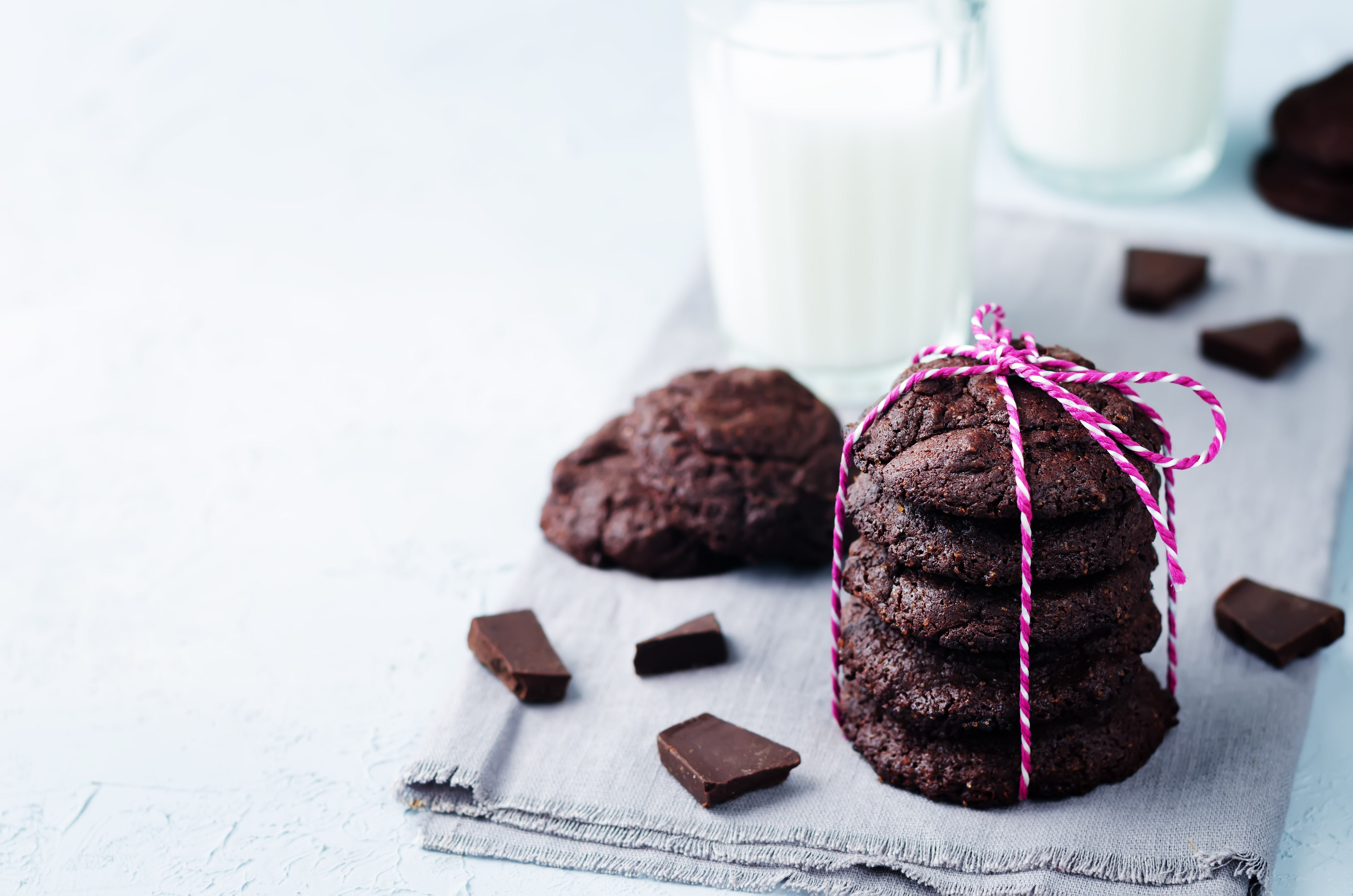
Billions Baked In
Spending on legal cannabis is projected to reach $57 billion by 2027, according to BLS Analytics and ArcView Market Research. Considering that only 5 percent of the world’s population lives in regions where it’s possible to purchase legally, how will the world consume billions of dollars worth of cannabis? The answer is edibles.
Canna-cuisine has come a long way from homemade magic brownies to become a multi-billion-dollar market. Chocolate-dipped strawberries, iced coffee, fettuccini Alfredo, Buffalo-style vegan wings, breath mints… there is hardly a recipe that can’t be infused nowadays. For the first time since legalization, this market is enticing high-end foodies and food makers and is making its way onto mainstream menus.
These imbued goodies are dominating not just the cannabis industry, but foodie trends all over. This year, the Specialty Food Association (SFA) declared infused edibles to be one of the top 10 major food trends of 2018. Other foods that made the list include algae and other meat substitutes, Filipino cuisines and goth food.
Product diversity gives the edible market a leading edge. While the brownies-to-bourgeoisie evolution is trending, candy — including cookies, gummies and baklava — remains a favorite among U.S. consumers. Per the BLS’s “Roadmap to a $57 Billion Worldwide Market,” candy (40 percent) and chocolate (21 percent) sales far outnumber the sales of other edibles, such as beverages and baked goods, in dispensaries on the West Coast and in Colorado.
Infused foods are particularly popular in California; residents spent more than $180 million, or 10 percent of total state cannabis sales, on edibles in 2017 alone.
According to Forbes.com, that number is only expected to rise — and not just in California. “Sales of pot-infused treats increased 121 percent last year in Washington state […] And since Colorado first allowed recreational cannabis use, sales tripled from $17 million in the first quarter of 2014 to $53 million in the third quarter of 2016.” The international edibles market is only expected to grow as more countries legalize, and more application methods become available to more people.
The popularity of the market can be, in part, attributed to the availability of CBD-only infused products and micro-dosed goods. More people want smokeless options and more precise dosages, and infused foods offer effective alternatives for medical and recreational users alike. The BLS cites research that shows that products with 5 mg of THC or less are the top sellers in legal states, and also finds that one-third of consumers seek low-dosage options.

According to Eaze’s “2017 State of Cannabis Data Report,” people “reach for edibles because the effects are stronger, and longer lasting than other methods, without any kind of smoking or inhalation.” The report also found that these products — also known as “medibles” — are commonly used as alternatives to sleeping pills or anxiety medication.
Just as humans seek alternatives for themselves, they want it for their pets too.
It’s no wonder that cannabis infusions caught the attention of the pet supplies industry which is another multi-billion-dollar market. Americans last year spent nearly $70 billion on their furry friends. The amount spent on hemp-based or CBD-infused animal goods rose more than 1,000 percent last year, according to the trader’s blog, INO.com.
Whether it’s for the two or four-legged, infused goodies are driving commercial cannabis into the future and introducing more consumers along the way, making it possible to break bread, and stigma, together.



Leave a Reply